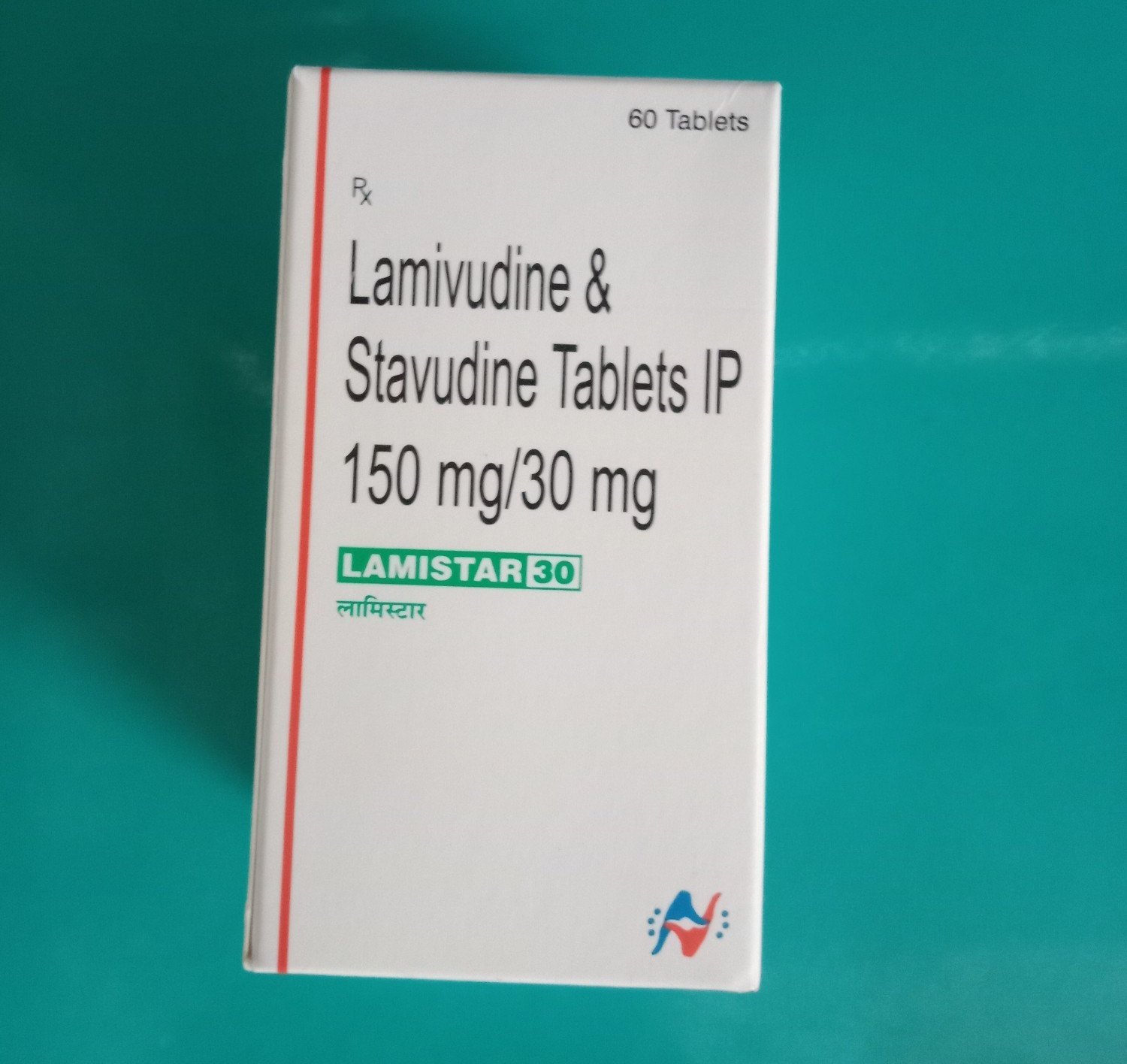Lamistar is a combination medication that contains Lamivudine and Stavudine, both of which are antiretroviral drugs used in the treatment of HIV (Human Immunodeficiency Virus) infection. Here’s a detailed overview of Lamistar, including its uses, mechanism of action, dosage, side effects, and recommendations.
Composition
- Active Ingredients:
- Lamivudine: A nucleoside reverse transcriptase inhibitor (NRTI).
- Stavudine: Another nucleoside reverse transcriptase inhibitor (NRTI).
Uses
- HIV Treatment: Lamistar is indicated for the treatment of HIV-1 infection in adults and children as part of a combination antiretroviral therapy (ART) regimen. It helps to reduce viral load and improve immune function in HIV-infected individuals.
Mechanism of Action
- Lamivudine:
- Lamivudine works by inhibiting the reverse transcriptase enzyme, which is essential for converting viral RNA into DNA. When Lamivudine is incorporated into the viral DNA chain, it causes premature termination of the growing DNA chain, thus preventing viral replication.
- Stavudine:
- Stavudine also inhibits the reverse transcriptase enzyme and works similarly to Lamivudine by mimicking the nucleosides needed for DNA synthesis, leading to the termination of the DNA chain and blocking HIV replication.
The combination of these two NRTIs enhances antiviral activity and decreases the potential for developing drug resistance.
Dosage
- Adults: The typical dosage for adults is generally one tablet taken orally twice daily. However, the exact dosage may vary based on the specific treatment plan and patient needs as determined by a healthcare provider.
- Children: For pediatric patients, the dosage should be determined based on weight and age, and it should be prescribed by a healthcare provider.
Side Effects
Common side effects may include:
- Gastrointestinal Issues: Nausea, vomiting, diarrhea, and abdominal discomfort.
- Fatigue: General feelings of tiredness and weakness.
- Headache: A common complaint among users.
- Peripheral Neuropathy: Tingling, numbness, or pain in the hands and feet (more common with Stavudine).
- Skin Rash: Rashes can occur, although they are usually mild.
Serious Side Effects (Seek Medical Attention Immediately)
- Lactic Acidosis: A rare but serious condition with symptoms such as deep and rapid breathing, vomiting, abdominal discomfort, and muscle pain.
- Severe Allergic Reactions: Signs include difficulty breathing, swelling of the face, lips, or throat.
- Pancreatitis: Abdominal pain and elevated pancreatic enzymes can indicate inflammation of the pancreas, which can occur with Stavudine.
- Severe Skin Reactions: Such as Stevens-Johnson syndrome or toxic epidermal necrolysis (though rare).
Recommendations
- Adherence: It is crucial to take Lamistar exactly as prescribed to maintain effective viral suppression and minimize the risk of drug resistance.
- Regular Monitoring: Follow up with healthcare providers for monitoring kidney function, liver function, and overall health status. Monitoring for signs of peripheral neuropathy is also important.
- Management of Side Effects: Inform your healthcare provider of any severe or persistent side effects you experience.
- Lifestyle Considerations: Maintain a balanced diet and engage in regular physical activity to support overall health.
- Inform About Other Medications: Always disclose any other medications, supplements, or herbal products you are taking to your healthcare provider to avoid potential interactions.
Important Notes
- Lamistar is usually part of a broader HIV treatment regimen and should not be used alone.
- Discuss any concerns regarding treatment, side effects, or potential interactions with your healthcare provider.
If you have any specific questions or need further information about Lamistar (Lamivudine and Stavudine), feel free to ask!




Reviews
There are no reviews yet.